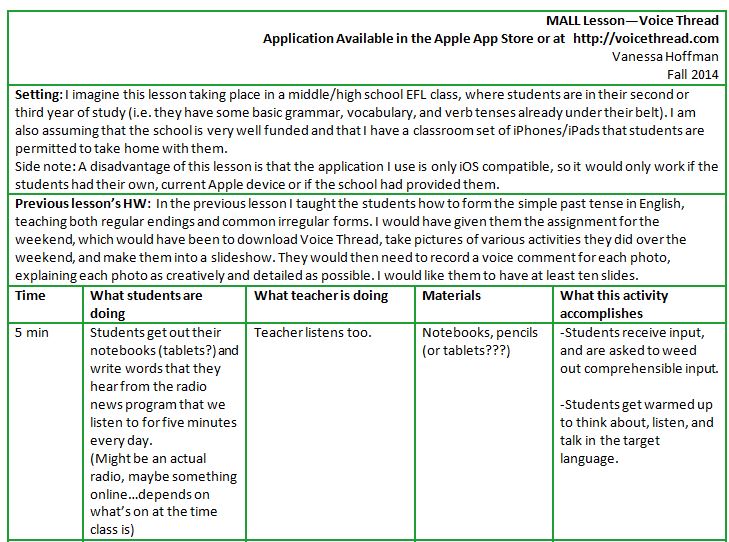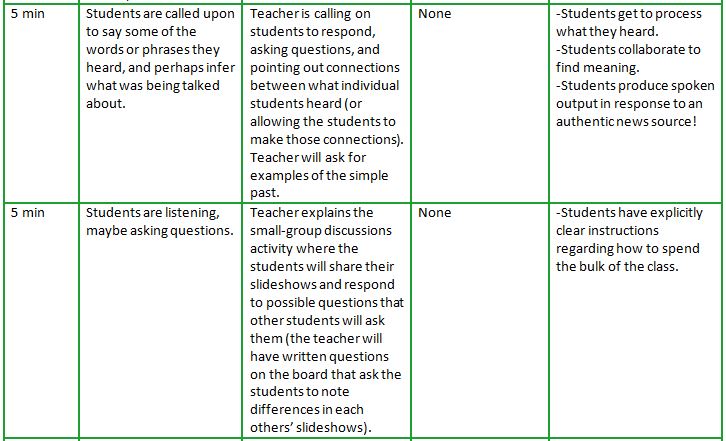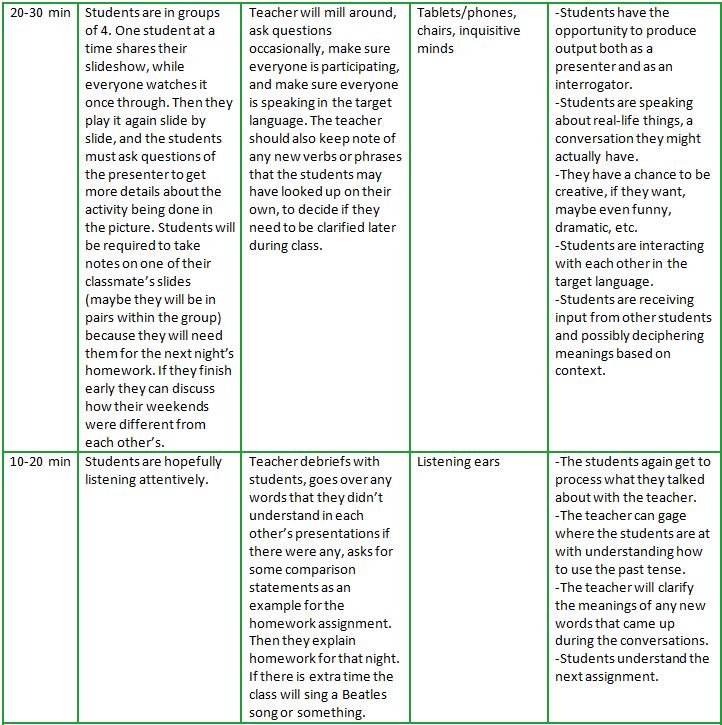When I was teaching abroad, I had a class of eight 6th grade English learners that I both considered the bane of my existence and absolutely adored. For some reason this adoration led me to try everything I could possibly think of to try to inspire them to learn my language and make it fun and interesting for them, and I’ll admit it felt like pulling teeth sometimes. I tried Skyping with native speakers, showing music videos on YouTube, bringing authentic materials from other English speaking countries, playing sneaky verb-learning games, teaching them to dance the cha-cha slide—nothing seemed to work. What I am now kicking myself for not even thinking of is the fact that every one of these kids had a mobile phone (most of them smart phones) that they were glued to before, after, and sometimes during class. What a sad waste of resources!
The reality is that mobile phones are almost ubiquitous—there are nearly 7 billion mobile phone subscriptions worldwide, covering both the developed and the undeveloped world (mobiThinking, 2014). At a very simplistic level, MALL technology is necessary and justifiable as an educational tool solely for that reason. People have these devices on them at all times, devices that they use primarily for communication. As language teachers—who are trying to teach people to communicate with each other—we have an obligation to connect with learners where they’re at and in a way that is convenient and accessible to them. These days that’s often on a mobile phone.
In the context of the lesson that I have developed, the mobile phone serves as a tool to facilitate two fundamental components of language acquisition: input and output. The students have a chance to produce speech first with text overlapping the slideshow, then again during the conversation with their classmates. Furthermore, they receive input when they listen to their classmates’ slideshows, and produce output when they ask questions about them. Finally, the students get another chance to produce output again when they compare their weekends to their friends and record over their partner’s slideshow.
The conversation portion also facilitates another ultimate goal of language learning—conversation. Students have a chance to discuss things that actually happened to them, much like in regular discourse. The mobile phone provides a relevant socio-cultural context for the students to have a conversation about their weekends. Sitting around, discussing a weekend, sharing photos, and talking about them is something that might actually happen in a given social setting. Because high school or middle school students already have this activity built into their social lives, it would make sense to exploit it for interactionist-based learning purposes. Furthermore, conversation more often than not involves talking about events that happened in the past (in this lesson that is a required component); therefore this activity gives the students a chance to practice the grammar they have been learning in class surrounding the use of the simple past. They are able to see the grammar as something that is actually very necessary for doing something very normal.
In terms of using the application, Voice Thread provides a vehicle for the students to evaluate each other’s speech as well as a creative tool for sharing their stories and the comparisons they are making with others’ stories. Examples of this use of MALL can be found in schools all over the world (Burston, 2014) as models for ways to aid communicative and collaborative learning. Because the students can record comments onto each other’s’ slideshows within the application, they have the opportunity to notice and process what they are hearing and respond orally—with a way their story is different, a word they didn’t understand, a phrase they think may be incorrect, etc. Again, it’s another chance for them to use the simple past in a different context. In addition, because the slideshow can be sent as an email, it is very easy for the project to travel between students and the teacher. This allows the teacher a quick way to view the work, give feedback, and pass it back to the student for processing. Burston (2014) notes that many MALL applications for language learning (mainly tutorial ones) fall short in terms of the ability to provide feedback and monitoring from the instructor, which is a necessary part of language acquisition. Voice Thread provides an easy way for this to happen.
This lesson is possible to do without a mobile phone. For one, you could simply have the students sit in groups and discuss what they did over the weekend. If you really wanted to get creative you could have them take pictures at home, make a slideshow with some computer program, and present them in class on a projector. However, using a mobile phone provides two elements that I think are very necessary for this age group: convenience and the “cool” factor. In terms of convenience, the mobile phone will probably be on the students’ person for the duration of their weekend, making it very easy to pull out and take a quick photo. Furthermore, since the vehicle for completing the assignment is on the phone as well, they can record their sentences while they are doing whatever they are photographing. This means they could be thinking about and producing output in the target language in the moment, which is bit more realistic in terms of actual discourse. The phone provides ease of access that you just can’t get with a computer. For the class presentation, having the students be able to quickly pull out their devices and talk is much more convenient than having to set up a projector, get the slideshows onto the device it’s hooked up to, etc. It also allows for more natural, small-group conversation than a presentation would.
In terms of the “cool” factor, there really is no other explanation than that kids these days like their phones and think they’re cool. The world of mobile phones is fast-paced and constantly evolving, and young people are tuned-in to that now more than ever. They are already on their phones a lot and giving them a way to use them to learn languages and practice what they are learning in realistic scenarios seems like a no-brainer. There are some limitations in all this—in my imaginary scenario it’s possible that not all the students will have a phone and that I’ll have to rely on a class set of iPhones and/or iPads, that my school is well funded enough to have, to complete this assignment (as Voice Thread is currently only available for iOS devices, which is another issue). However, the overarching idea—that mobile phones can be used to engage difficult-to-engage youths in communicative language learning—should still hold. Something in my gut tells me that if I had found a way to use the devices that my students already possessed, loved, and were somewhat entranced by, I could have facilitated language learning and conversation much more successfully.






